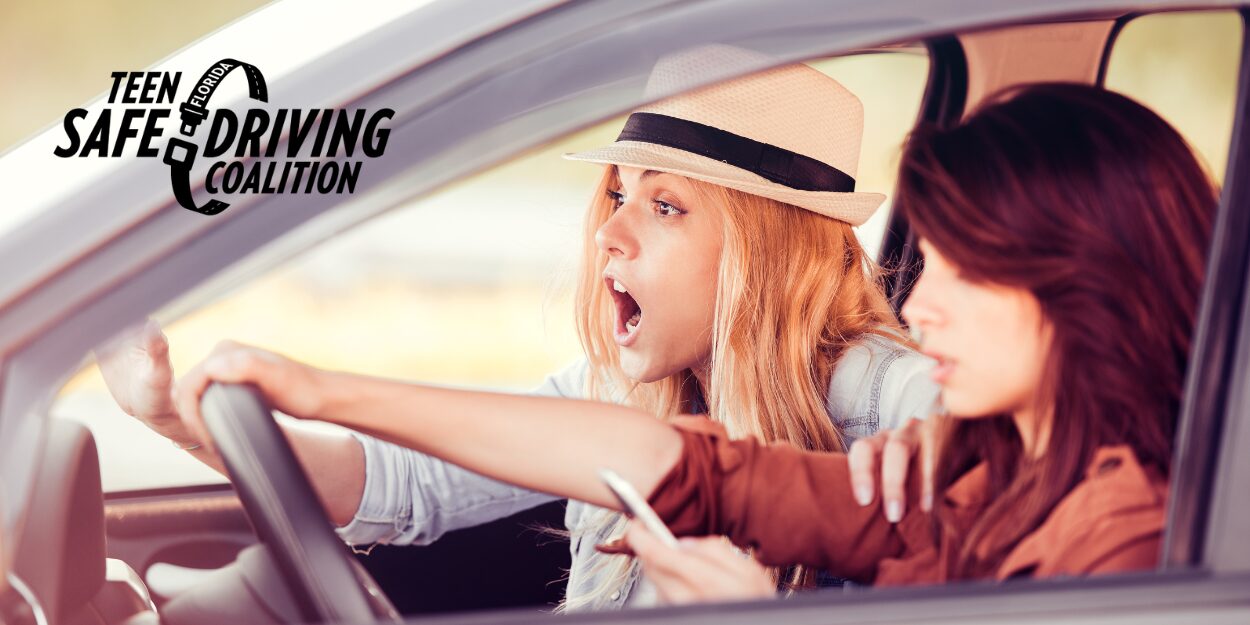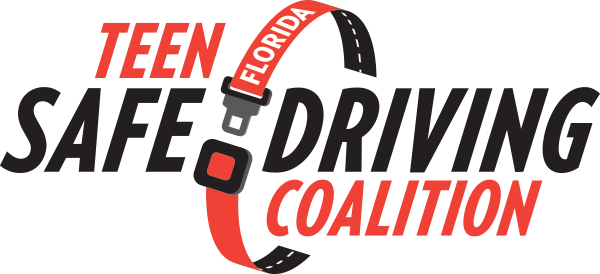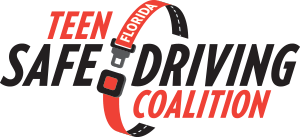
Dangerous Driving Trends Among Teens: What Parents Should Know
Teen drivers are often at the highest risk for crashes, not only because they lack experience behind the wheel but also due to their increased likelihood of engaging in risky behaviors. From speeding to distracted driving, dangerous trends among teen drivers continue to contribute to the high rate of wrecks, and as a parent, it’s essential to be aware of these behaviors and know how to address them effectively. By understanding what motivates these trends and how to talk to your teen about safer driving practices, you can play a crucial role in keeping them and others safe on the road.
The Most Common Risky Behaviors
Teen drivers are more likely to engage in certain risky behaviors due to a combination of factors, including peer pressure, overconfidence, and a lack of awareness about the potential consequences. Here are some of the most dangerous driving trends that parents should be aware of:
- Speeding: Teens often underestimate the risks of speeding and may not fully understand how it impacts their ability to control the vehicle. Speeding reduces reaction times and increases the severity of collisions. According to the National Highway Traffic Safety Administration (NHTSA), speeding is a factor in nearly one-third of fatal crashes involving teen drivers.
- Distracted Driving: Perhaps one of the most well-known and dangerous trends among teen drivers is distracted driving, particularly texting and using social media behind the wheel. Teens may feel confident that they can “multitask,” but the reality is that even a few seconds of distraction can lead to a wreck. The CDC reports that approximately nine people are killed every day in crashes involving a distracted driver, many of whom are teens.
- Driving with Multiple Passengers: Driving with friends can be a significant distraction for teens. Studies show that the likelihood of a crash increases dramatically when teen drivers have passengers in the car. In fact, with each additional passenger, the risk of a collision rises, especially when those passengers are peers. Teen drivers may feel pressure to show off or engage in risky behavior to impress their friends, further increasing the danger.
- Drunk or Impaired Driving: Despite years of awareness campaigns, some teens still engage in drinking or drug use before getting behind the wheel, or they may accept a ride from an impaired driver. Teens often don’t have the life experience to fully understand the consequences of impaired driving, which significantly increases the risk of a fatal crash.
- Street Racing and Reckless Driving: Some teens may be drawn to the thrill of street racing or engaging in reckless driving behaviors like tailgating, weaving through traffic, or running red lights. These actions are incredibly dangerous and can lead to catastrophic wrecks. Social media has, in some cases, glorified these behaviors, encouraging teens to take unnecessary risks for the sake of attention or peer approval.
- Ignoring Traffic Signals and Laws: Running red lights, rolling through stop signs, and disregarding traffic laws are behaviors that some teens may view as “minor” infractions. However, these seemingly small actions can have fatal consequences, especially when combined with speeding or distracted driving.
Why Teens Engage in These Behaviors
Understanding why teens are drawn to these dangerous behaviors is key to addressing the issue. For many teens, driving is seen as a form of independence, and with that independence often comes a desire to push boundaries. Some common reasons teens engage in risky driving behaviors include:
- Peer Pressure: The desire to fit in or impress friends can lead teens to make poor decisions behind the wheel. Whether it’s speeding to keep up with friends or engaging in reckless stunts, peer pressure plays a significant role in many teen driving collisions.
- Overconfidence: Teens may overestimate their driving abilities, especially after they’ve been driving for a few months without incident. This overconfidence can lead them to take unnecessary risks, such as speeding or driving aggressively, because they believe they have more control over the vehicle than they actually do.
- Lack of Experience: Many teens simply don’t have enough experience behind the wheel to fully grasp the consequences of their actions. They may not understand how much stopping distance is required when speeding, or how dangerous it is to take their eyes off the road for even a few seconds.
- Media Influence: Social media, movies, and TV shows often portray reckless driving and high-speed chases in a way that glamorizes these behaviors without showing the real-world consequences. Teens who see their peers or influencers engaging in these actions may be more likely to try them for themselves.
- Underestimation of Consequences: Teens may not fully grasp the real-world consequences of unsafe driving behaviors. Many teens believe that crashes happen to “other people,” not to them, which can make them more likely to take risks behind the wheel.
Identifying if Your Teen is Engaging in Risky Driving
As a parent, it’s important to recognize the warning signs that your teen may be engaging in dangerous driving behaviors. Some red flags to watch for include:
- Damage to the Vehicle: Scratches, dents, or unexplained damage to your teen’s car may indicate that they’ve been involved in a minor wreck or near-miss, especially if they’re reluctant to explain what happened.
- Increased Aggressiveness Behind the Wheel: If you notice your teen driving aggressively when you’re in the car with them—such as speeding, tailgating, or frequently changing lanes—it could be a sign that they engage in similar behaviors when driving alone.
- Frequent Traffic Tickets: A pattern of receiving traffic tickets for speeding, running red lights, or other violations may indicate that your teen is not following the rules of the road and is taking unnecessary risks.
- Secretive Behavior: If your teen becomes secretive or defensive when asked about their driving or who they’re riding with, it may be a sign that they’re engaging in risky behaviors they don’t want you to know about.
- Friends’ Behavior: Pay attention to the driving behaviors of your teen’s friends. If their peers are known for reckless driving, your teen may feel pressured to engage in similar behavior to fit in.
How to Address Risky Driving Behaviors
If you suspect your teen is engaging in dangerous driving behaviors, it’s crucial to address the issue sooner rather than later. Here are some strategies for having that conversation and promoting safer driving habits:
- Start with a Calm Conversation: Avoid approaching the topic with anger or frustration. Instead, have an open and honest conversation about your concerns. Let your teen know that your primary goal is their safety and the safety of others on the road. You might say something like, “I’ve noticed that you’ve been speeding a lot lately, and I’m worried about how that could lead to a crash.”
- Explain the Real-World Consequences: Sometimes, teens need to hear about the real consequences of their actions. Share statistics on teen crashes or talk about real-life examples of young drivers who experienced wrecks due to risky behaviors. Visuals, such as videos or news reports of real crashes, can make the dangers more tangible for teens who may feel invincible.
- Set Clear Rules and Boundaries: If you haven’t already, consider utilizing a driving contract that outlines the rules for safe driving. This could include restrictions on passengers, curfews for nighttime driving, or a ban on cell phone use while driving. Make sure you use the contract to discuss the consequences for breaking these rules, such as losing driving privileges for a week or more.
- Use Technology to Monitor Behavior: Many parents find it helpful to use apps or telematics devices to monitor their teen’s driving behavior. These tools can track speed, phone use, and even braking patterns, providing real-time data on how your teen is driving. If they know they’re being monitored, they may be less likely to engage in risky behaviors.
- Enroll Them in a Defensive Driving Course: Defensive driving courses teach teens how to anticipate and avoid dangerous situations on the road. These classes emphasize the importance of staying alert, maintaining safe following distances, and reacting calmly to unexpected hazards. By giving your teen the tools, they need to drive defensively, you can help reduce the likelihood of a collision.
Helping Teens Avoid Risky Driving
Teen drivers are more likely to engage in risky behaviors, but as a parent, you have the power to influence their habits and reduce the chances of a wreck. By understanding the most common dangerous driving trends among teens, you can stay vigilant and address these behaviors before they escalate.
Talk to your teen about the real-world consequences of their actions behind the wheel, set clear rules and expectations, and consider using technology or additional driver training to reinforce safe driving habits. The goal is not to scare your teen, but to make them aware of the risks they face and how they can avoid them.
Ultimately, the more informed and involved you are in your teen’s driving experience, the better equipped they’ll be to make smart, safe choices on the road. By taking a proactive approach to addressing risky behaviors, you can help ensure that your teen’s driving journey is a safe and successful one.
For help facilitating difficult conversations check out the FTSDC Safe Driving Guide for Teens and Parents

